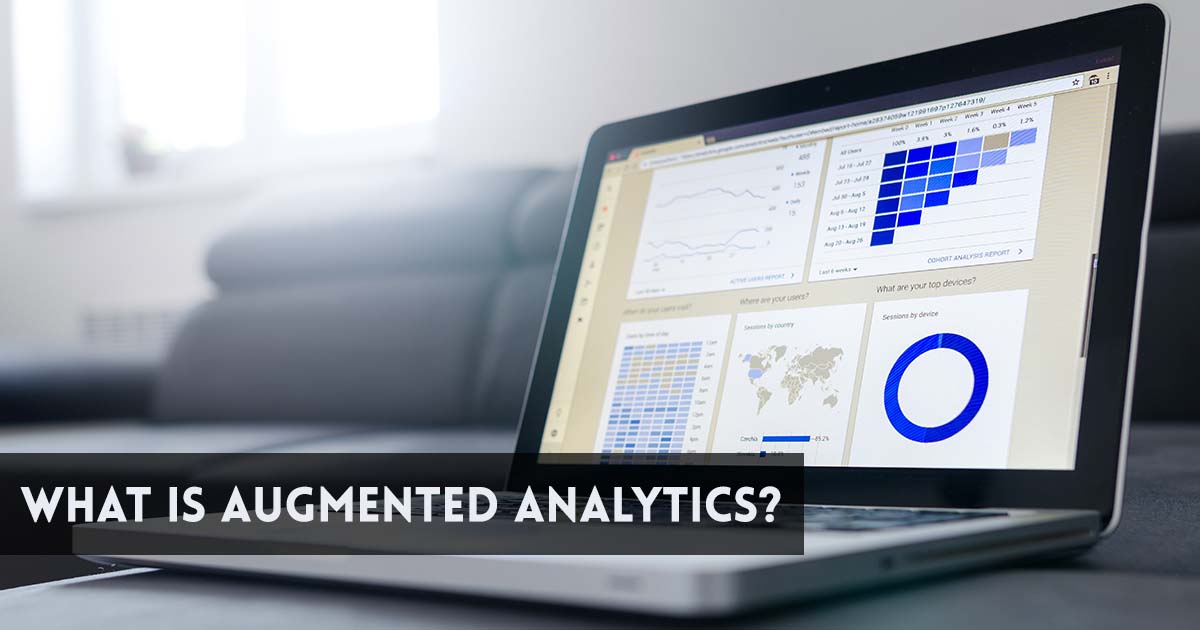Augmented analytics is the use of machine learning (ML) and natural language processing (NLP) to improve data analytics, data exchanging, and business analytics.
To manage massive data sets, data analytics applications can incorporate augmented analytics resources. Organizations can enter to these platforms in the raw data source information, which will then scrub, parse, and return key data for analysis. The usage of machine learning and NLP provides the opportunity to recognize and communicate with data organically, as well as to find useful or uncommon patterns, through enhanced analytics software.
The field of data analytics is complex, and a data scientist is generally required to retrieve any value from big data. This complexity is partly due to the need to collect data from a number of different sources, such as web analytics, marketing releases, and social media posts. Data collection is only the first phase, and it must also be organized for review by arranging and refining until the researcher or data scientist can obtain valuable insights. It is then important to relay the findings to the company along with action steps to build on these observations.
What augmented analytics does is to help ease the reliance of a corporation on data analysts by optimizing the generation of understanding in a company by using advanced machine learning and artificial intelligence algorithms.
An integrated analytics system will automatically go through the data of an organization, clean it, interpret it, and turn certain lessons into concrete measures for managers or advertisers with little or no technological professional oversight.
Stages in using Augmented Analytics
1. Data Preparation and Discovery: Here augmented analytical algorithms complement current data scientists or analysts greatly, but they cannot be fully substituted. The key aim of this algorithm is to simplify repetitive processing activities such as data purification, data marking, and data compilation.
2. Signal Detection: In a company’s data with severe precision, the augmented analytics algorithm can detect true signals. However, such findings cannot be related to business conditions or events. Data analysts or data scientists still need help in turning these findings into tangible business intelligence.
3. Actionable Insight Generation: This is the stage where the augmented analysis system will communicate directly with managers in an organization who need minimal to no knowledge from a market analyst to data scientist.
A broad variety of information from previous business cases is built to enable improved analytical tools to connect patterns in enterprise data with the broader market context. It can then provide practical action based on this insight.
More significantly, the program will monitor the execution of these activities and provide more feedback on what can be achieved best by the organization each time, in order to improve operating performance.
All you need to know about Business Analytics
Learn Business Analytics
| Top 7 Business Analytics University/ Colleges in India | Top 7 Training Institutes of Business Analytics |
| Top 7 Online Business Analytics Programs | Top 7 Certification Course of Business Analytics |
Learn Business Analytics with WAC
Other Skills in Demand
| Artificial Intelligence | Data Science |
| Digital Marketing | Business Analytics |
| Big Data | Internet of Things |
| Python Programming | Robotics & Embedded System |
| Android App Development | Machine Learning |

